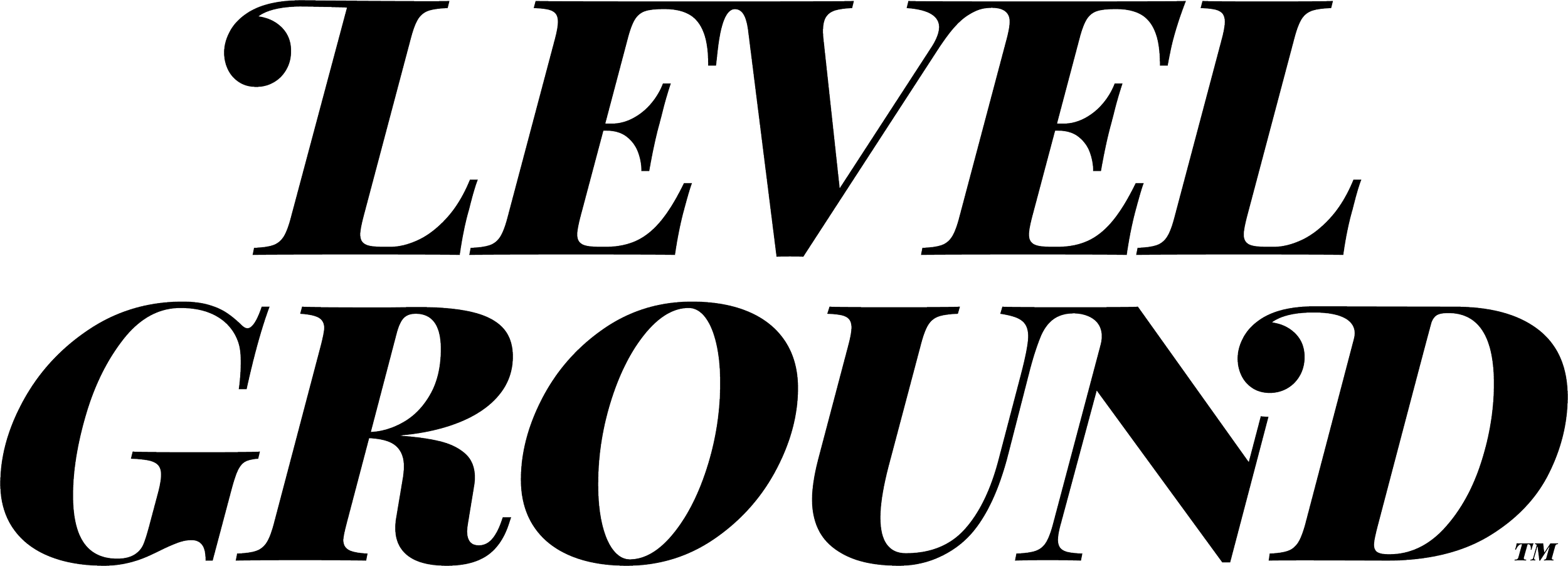Meet SKEW's Next Designer
A sample of NIkki’s work for the grassroots collective magazine, The Liberator.
It takes a full team of talented, passionate people to create each issue of SKEW. Our curatorial team directs the magazine’s artistic vision, our staff members provide support with organization and task management, and of course, we wouldn’t have a magazine at all without the talents of each issue’s featured artists and writers.
However, there’s just one person on the SKEW team who’s responsible for bringing all those moving parts together in the final form of a magazine. That person is the magazine’s visual designer, and for the 2020 issue of SKEW, that person is Nikki Pressley.
Inspired by artists like Forest Young, Jennifer Packer and Noah Davis, Nikki (she/her) brings more than 15 years of experience as a visual artist and designer to this year’s magazine. After splitting her time between New York and Los Angeles for several years, she’s recently moved back to the South, the region where she grew up. With a body of work spanning several years, locations, mediums and interests, Nikki offers up a reminder to us that, “like everything else, my art evolves.” We chatted with Nikki to learn more about how she’s seen herself evolve over the years and what themes she wants to highlight within the design of this year’s magazine.
Interview has been condensed and edited for clarity.
Like many designers, your interest and background in art goes beyond a single medium. How would you describe your artistic practice right now, and how did you get to where you are today?
I’ve enjoyed creating and exploring an artistic practice that evolves over the years, an artistic practice that began in drawing and object-making and has since expanded to design and farming. I have been designing for over 15 years now, I began working in design during undergrad, and I also incorporated it, to a degree, into my studio practice during grad and post-grad schooling.
“I aspire to authenticity, to cultivating a voice that hopefully adds to a broader conversation that I can’t have on my own.”
You mentioned that your work has evolved since you started making art. Can you describe one of your artistic projects from the earlier years? What ideas were you exploring there?
For my freshman year thesis, I created The Escape Velocity of Time, a show that connected me more deeply with the South, where I grew up. That work included pieces that explored my own personal relationship with time and with the cultural and colonial history of my state and region, particularly Charleston, South Carolina. It was a history project that imagined what might happen if we could ever gain enough velocity as Black people to escape the crushing history that was forced upon us in this settler state. The work used scientific elements such as fractals, sci-fi and magic to examine our current time and imagine an alternative.
What a powerful experience that must have been, for both you and the gallery viewers. You ended up leaving the South for a while, but you recently moved back, right?
Yes, I currently live in Winston-Salem, North Carolina. And I grew up in a small town outside of Greenville, South Carolina. I came back here both for family and to farm.
Wait, to farm?!
Yes, to farm! I'm currently in the process of starting my small farm, called small rain farm. I consider it as much a creative endeavor as anything else. Since moving out of LA, I still spend time in the studio and create new work, but not for gallery consumption now. I am still a full-time visual designer out here, but beyond that, I spend most of my time growing food and taking care of the land. Apart from visual design, my creative energies are very much focused on ideas and practices that center around food, equity and stewardship of the land.
Your declaration of farming as a creative endeavor is so unique but also vital. A lot of people wouldn’t see farming that way because they hold this limited notion of what art is or can be. It’s cool to see you challenge that idea. So in just a few words, what do you aspire to with your art, whether we’re talking about designing or farming or something else entirely?
I aspire to authenticity, to cultivating a voice that hopefully adds to a broader conversation that I can’t have on my own.
That’s such a good set of qualities for any artist. That last bit, in particular, speaks a lot to what we’re trying to do with SKEW this year. How are you thinking about your role as SKEW’s designer this year? How does the art and the magazine curation enter into conversation with design?
Well, first, let me say that the theme of this year’s magazine, ”Black Dreams, Futures and Mutual Support,” is such a vital reality for our society to recognize and engage with. It’s also a necessary conversation, one that we can use to inspire more action, more joy, more will to fight. The curators are bringing together such a variety of necessary voices and artistic energies, and I'm excited to illuminate those voices and energies through the design and layout of the magazine.
To see more of Nikki’s work—and her farm, too!—find her on Instagram at @nikki_smallrain or visit her website at nikkipressleystudio.com.


